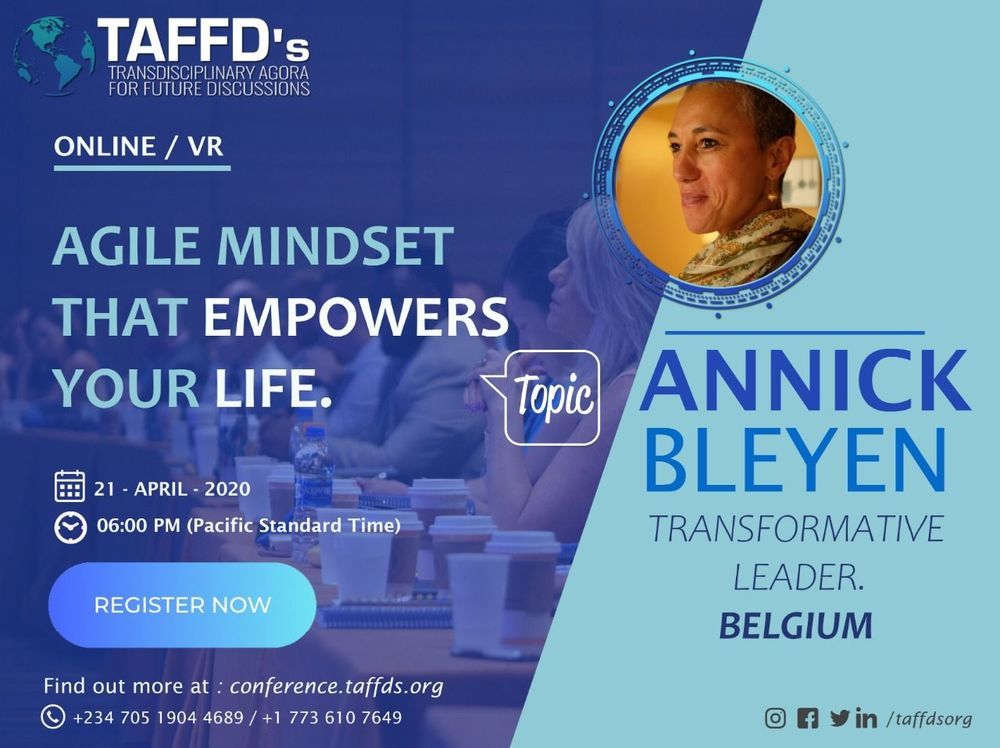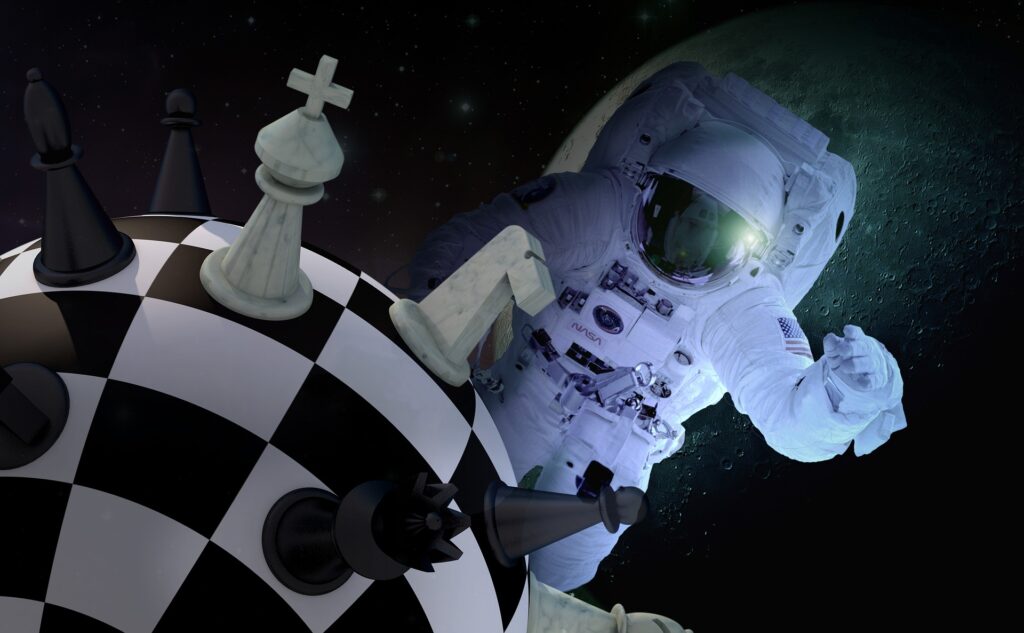Today’s virtual reality systems can create immersive visual experiences, but seldom do they enable users to feel anything—particularly walls, appliances and furniture. A new device developed at Carnegie Mellon University, however, uses multiple strings attached to the hand and fingers to simulate the feel of obstacles and heavy objects.
By locking the strings when the user’s hand is near a virtual wall, for instance, the device simulates the sense of touching the wall. Similarly, the string mechanism enables people to feel the contours of a virtual sculpture, sense resistance when they push on a piece of furniture or even give a high five to a virtual character.
Cathy Fang, who will graduate from CMU next month with a joint degree in mechanical engineering and human-computer interaction, said the shoulder-mounted device takes advantage of spring-loaded strings to reduce weight, consume less battery power and keep costs low.









